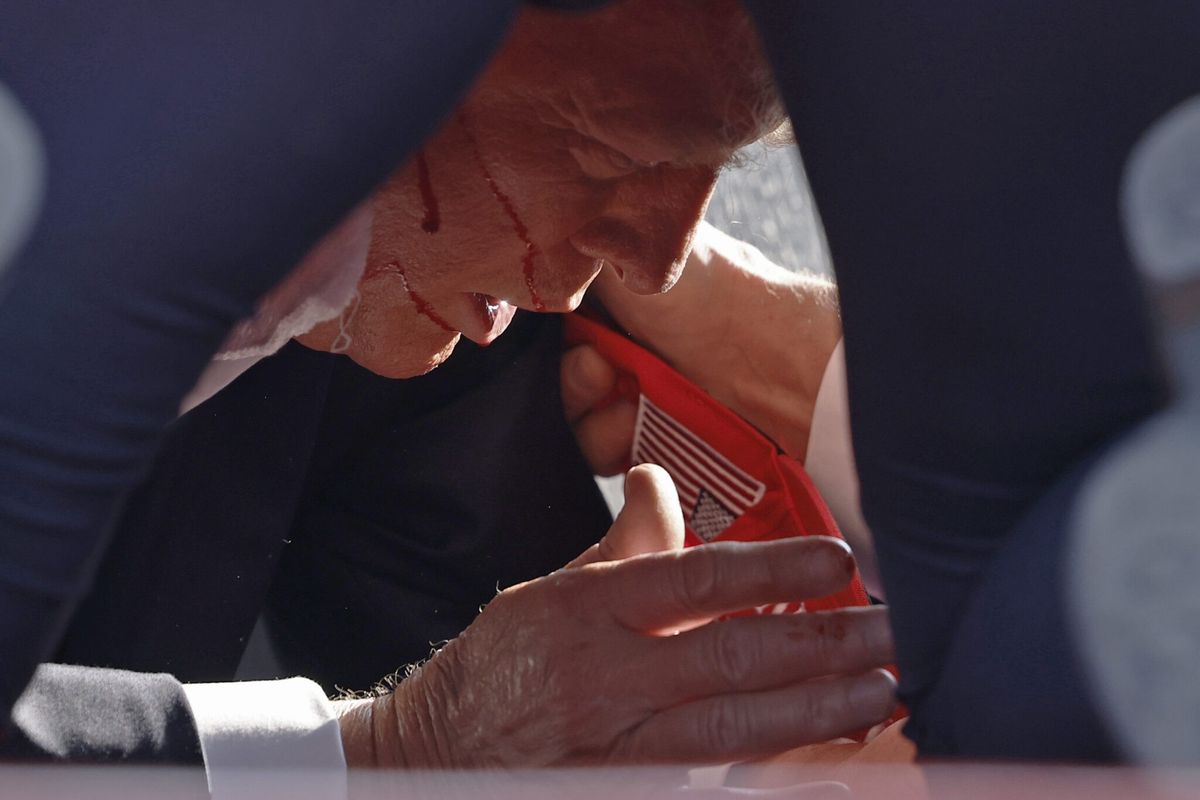Over the course of the last 18 months, since ISIS burst on to the scene with its dramatic regional tactical advances, capturing Mosul in Iraq and significant territory in Syria, it has maintained that its primary focus was on expanding its Islamic State, or Caliphate, in the Middle East and focusing on its "near enemies." Nevertheless, during this time period, partially inspired by ISIS' regional gains, foreign fighters from around the world have flocked to Syria to join the Islamic State's project to rebuild a 7th century utopia and fight regional enemies like the Shiite government in Baghdad and the brutal Assad dictatorship in Syria.
With thousands of radicalized Westerners from France, the U.K., Germany, Belgium, Scandinavia, Canada, Australia, and the U.S. receiving paramilitary training and battlefield experience in Syria and Iraq, there has been little doubt among counterterrorism experts that ISIS had the capability to carry out attacks in the West by sending these individuals with European passports back to their countries of origin. However, for some reason, ISIS maintained its focus on regional aims, only applauding lone wolf attacks that were carried out in their name in Sydney, Ottawa, Brussels, and Paris.
Now, in the wake of the Paris attacks, ISIS has demonstrated it has the intention as well as the capability to strike at the heart of the West, potentially taking a page from al-Qaeda's playbook. In successive plots between 2001 and 2010, core al-Qaeda in Pakistan trained western recruits in its camps and deployed them back to the West in centrally-directed, command-and-control plots in the UK, Denmark, and the U.S. Unfortunately, the terrorist success of Paris is likely to lead to similarly structured plots against the West.
While it is unclear why the Islamic State has reconsidered its strategy of exclusively focusing on regional attacks, law enforcement and intelligence clearly have to work form the assumption that France will not be the only Western target.
Given the success of the Paris attacks—with multiple teams of gunmen armed as suicide bombers—strikes against multiple soft targets in urban areas in swarm type fashion must be planned for. In the wake of the 2008 Mumbai attacks, the NYPD began to train for these types of attacks, bolstering its intelligence and heavy weapons capabilities, conducting hostage rescue exercises and scenario planning. Other large American cities will have to consider similar preparations.
Moreover, intelligence collection efforts at both the international and local level will have to be augmented in order to give law enforcement and intelligence the best chance to detect plots directed from both abroad and at home before they come to fruition.













